Last week I was pleased to have another day of fieldwork, this time in the New Forest National Park in south England. The New Forest includes one of the largest areas of pasture, heathland and forest in south east England and the site we visited is Whitley Wood, a oak-beech wood pasture woodland with grazing deer and ponies. The Natural History Museum Soil Biodiversity Group have been sampling at this site for soil and leaf litter invertebrates nearly every month since 2002.
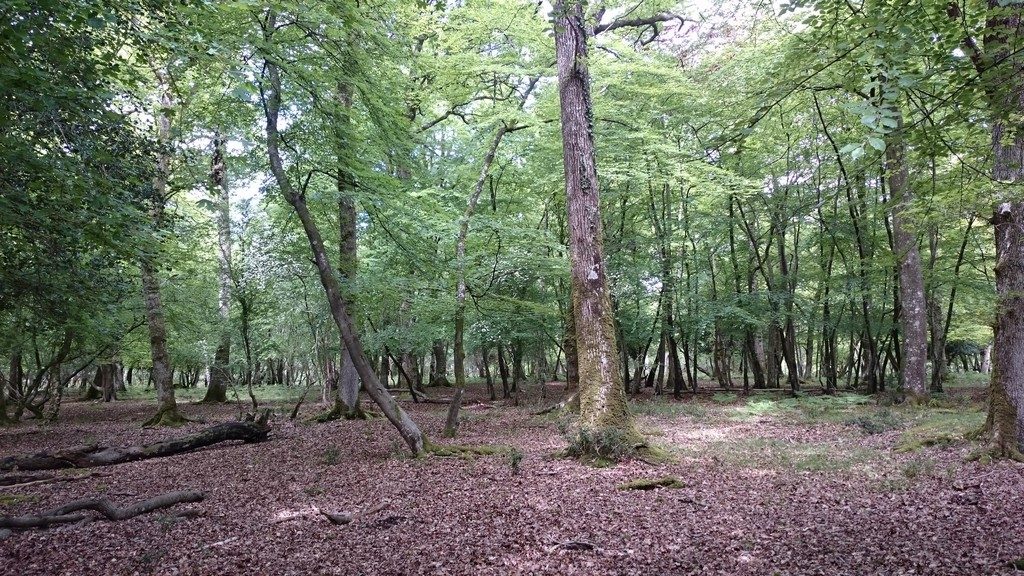
A 100 meter transect line is laid at random in the forest and a sample is taken every seven meters. This comprises a measure of soil moisture and temperature and what plants are growing in a 1 m quadrat. Then a pit is dug and any earthworms collected and the leaf litter from the 1 meter square is sieved and put into bags to take back to the Museum. From this month onwards we will also be collecting soil samples which I will be analysing for microbial DNA, I will then use this to investigate how microbe diversity changes during the seasons and the relationship with invertebrates.
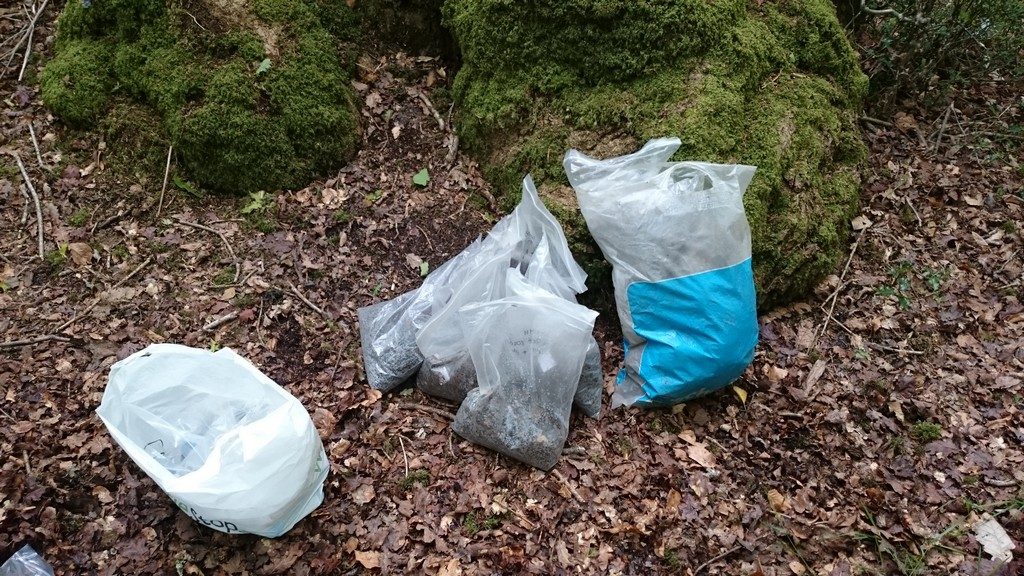
Using a syringe barrel as a soil corer I took four samples per quadrat which were then mixed together in a tube, both syringes and tubes had to be sterile to avoid contamination with microbes from other places and each quadrat had its own tube – this will also give an idea of how variable soil microbes are across the woodland.
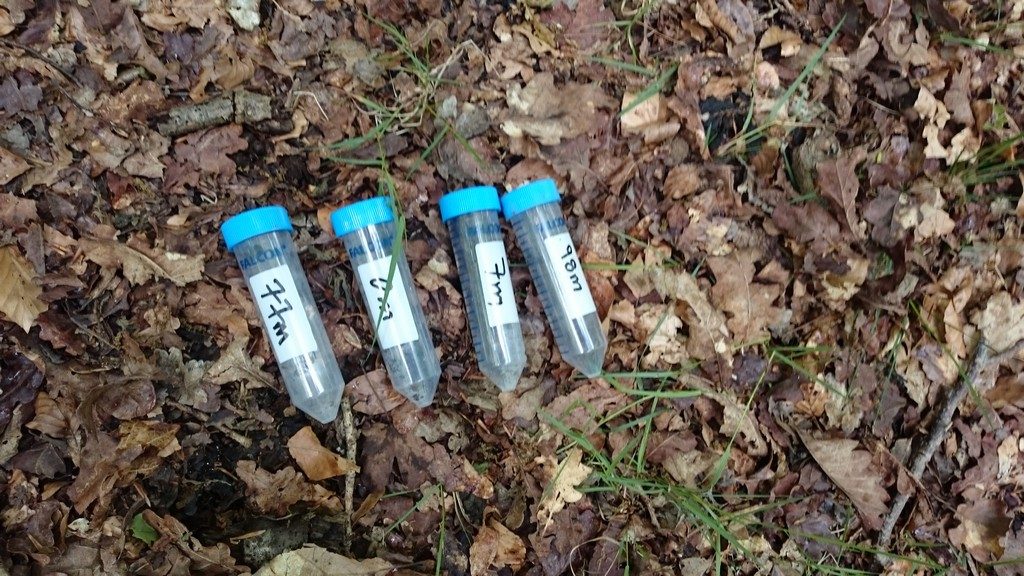
Whitley Wood fieldwork is popular with Soil Biodiversity Group volunteers and students because at the end of the fieldwork we visit a pastry shop for lunch. Then its back to the Museum to process the samples.
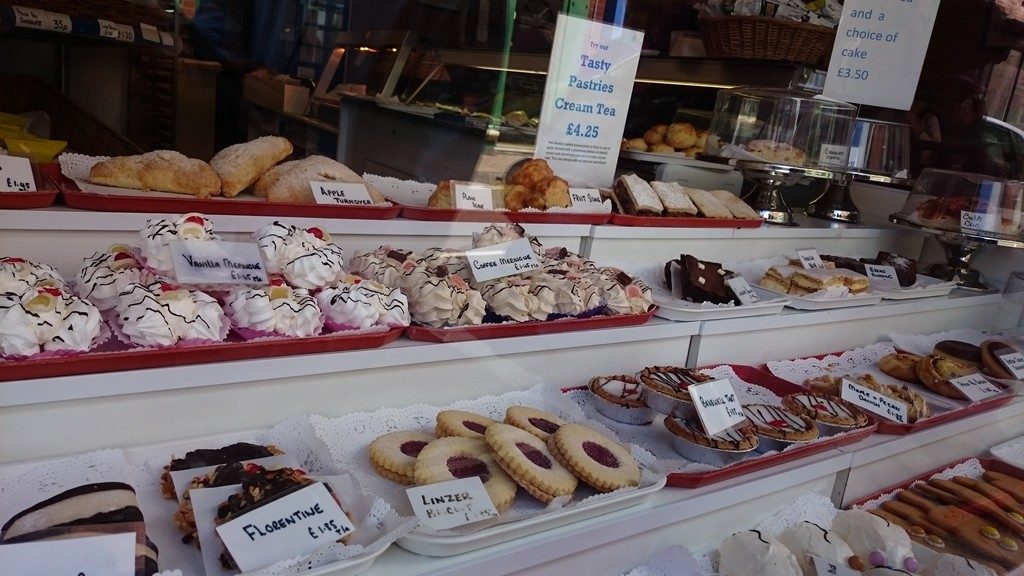
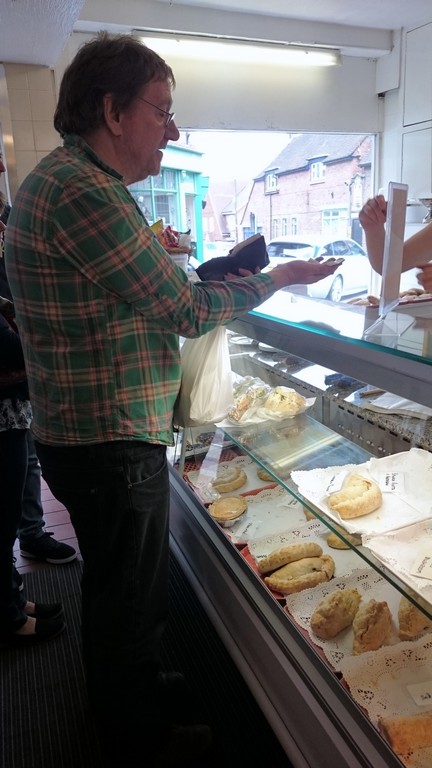
To extract the invertebrates the sieved leaf litter is placed into Winkler bags, these are made up of two parts – the inner bags are made of mesh and look a bit like laundry bags, these are then suspended in a fabric funnel which is hung up in a room for three days. The top of the bag is tied up to stop the invertebrates escaping and at the bottom there is a bottle of alcohol. As the leaf litter dries out the invertebrates move down the funnel into the bottle to be preserved for later counting and identification.
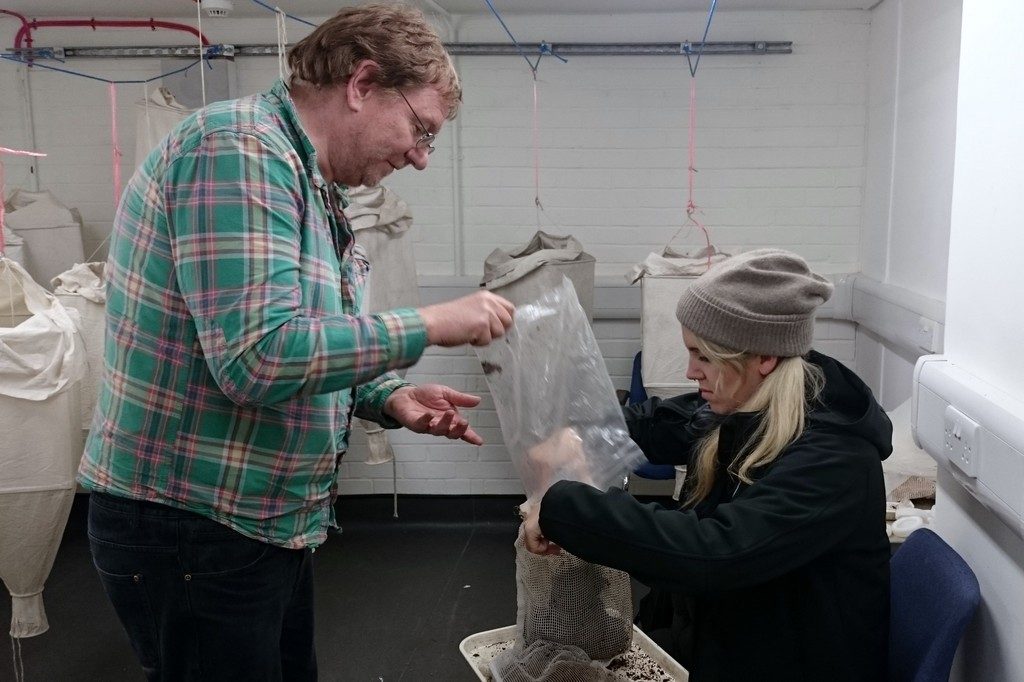
Of course this time I also had my soil samples to store. The DNA extraction and analysis will require travelling to my co-supervisor’s laboratory at Imperial College Silwood Park so rather than going every month I am storing them up to process in bulk. To preserve the microbes they are stored in a freezer at -8o°C ready for when I need them.
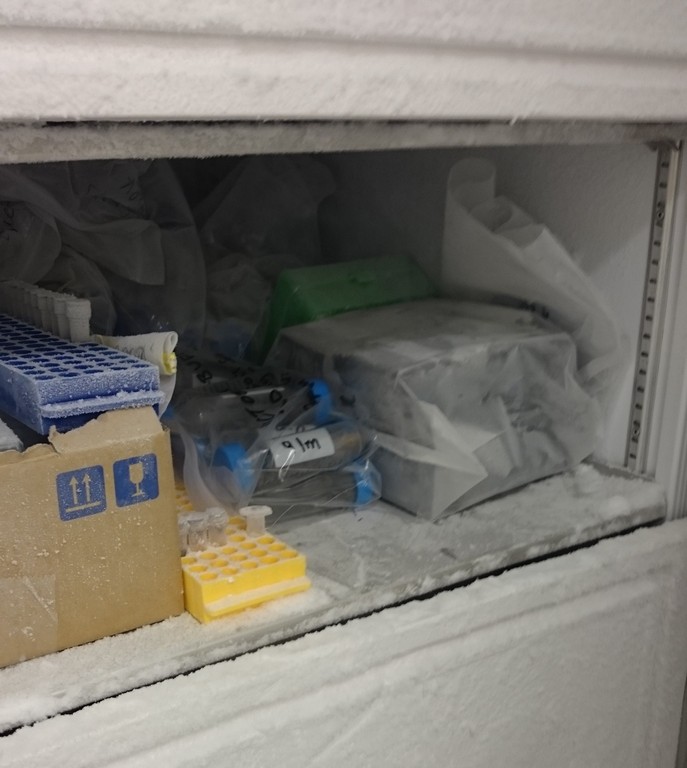
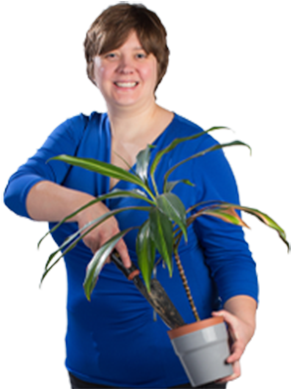



The pasties were delicious!